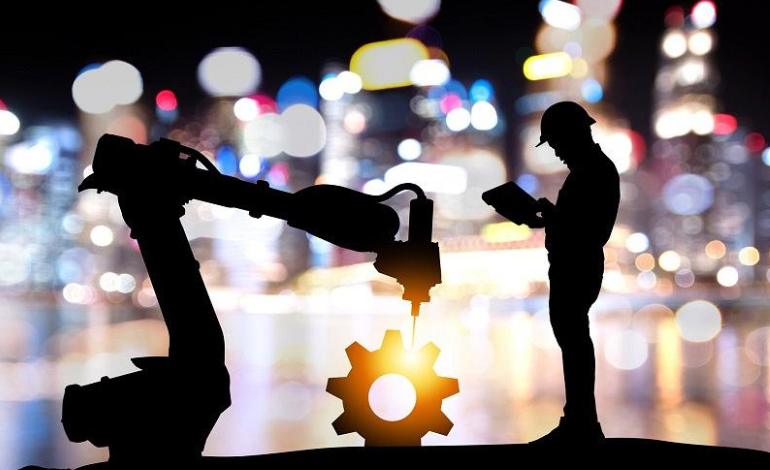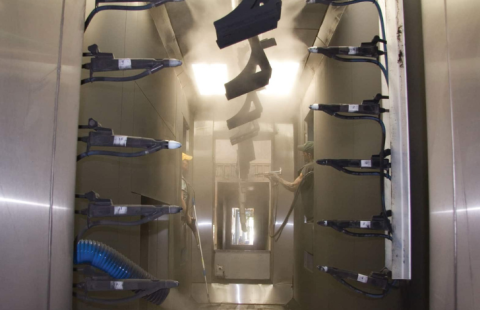Blog
- Home
- Steel Fabrication
- The Future of Steel Fabrication: Robotics, AI, and Digitalization.

The Future of Steel Fabrication: Robotics, AI, and Digitalization.
As technology continues to advance at an unprecedented pace, every industry is undergoing transformative changes, and steel fabrication is no exception. The integration of robotics, artificial intelligence (AI), and digitalization is reshaping the landscape of steel fabrication, revolutionizing processes, enhancing efficiency, and opening up new realms of possibilities. In this blog post, we delve into the exciting future of steel fabrication, where cutting-edge technologies are poised to redefine the industry.
The Rise of Robotics in Steel Fabrication: Precision and Automation
Robotics has emerged as a game-changer in the field of steel fabrication. The introduction of robotic arms equipped with advanced sensors and precision tools is transforming tasks that were once labor-intensive and time-consuming. Robots are being employed for tasks like welding, cutting, bending, and assembling with unmatched accuracy and consistency. This not only ensures flawless results but also reduces the risk of human error, enhances safety, and increases production speed.
Automated material handling systems powered by robotics are streamlining the supply chain and material flow within fabrication facilities. These systems can load, unload, and transport heavy steel components, optimizing the utilization of space and reducing the need for manual labor.
AI-Powered Design and Optimization: Creating Efficiency and Innovation
Artificial intelligence is infusing the design process with unprecedented capabilities. AI algorithms can analyze complex structural requirements and generate optimized designs that balance structural integrity, material usage, and cost efficiency. This results in structures that are not only safer and more resilient but also economical and sustainable.
Moreover, AI-driven simulations can predict how different elements of a structure will interact under various conditions, ensuring that the design is robust and reliable. This predictive capability minimizes the need for costly and time-consuming physical testing, accelerating the design and fabrication process.
Digitalization and Data-Driven Insights: Smart Manufacturing
The digitalization of steel fabrication involves the integration of technologies like the Internet of Things (IoT), cloud computing, and data analytics. These technologies allow for real-time monitoring of machines, processes, and operations, enabling predictive maintenance and minimizing downtime.
By collecting and analyzing data from various stages of fabrication, manufacturers can gain valuable insights into process efficiency, material utilization, and resource allocation. This data-driven approach empowers informed decision-making, leading to optimized workflows, reduced waste, and increased profitability.
Challenges and Opportunities: Embracing the Technological Evolution
While the future of steel fabrication holds immense promise, it also comes with its set of challenges. Adapting to and implementing these advanced technologies require upskilling the workforce and investing in the necessary infrastructure. However, the benefits far outweigh the challenges.
Embracing robotics, AI, and digitalization opens up avenues for innovation and creativity in design and manufacturing. Customization becomes more accessible, enabling intricate and complex structures that were previously considered unfeasible. As these technologies mature, they have the potential to revolutionize industries beyond construction, such as aerospace, automotive, and renewable energy.
In Conclusion:
The future of steel fabrication is an exciting fusion of cutting-edge technologies, where robots collaborate seamlessly with skilled craftsmen, AI algorithms optimize designs, and data-driven insights revolutionize decision-making. The integration of robotics, AI, and digitalization promises to enhance efficiency, quality, and safety in the steel fabrication process, setting the stage for a new era of innovation and excellence in the industry. As we move forward, it’s clear that those who embrace these advancements will be at the forefront of a transformation that will shape the way we build, design, and create.

